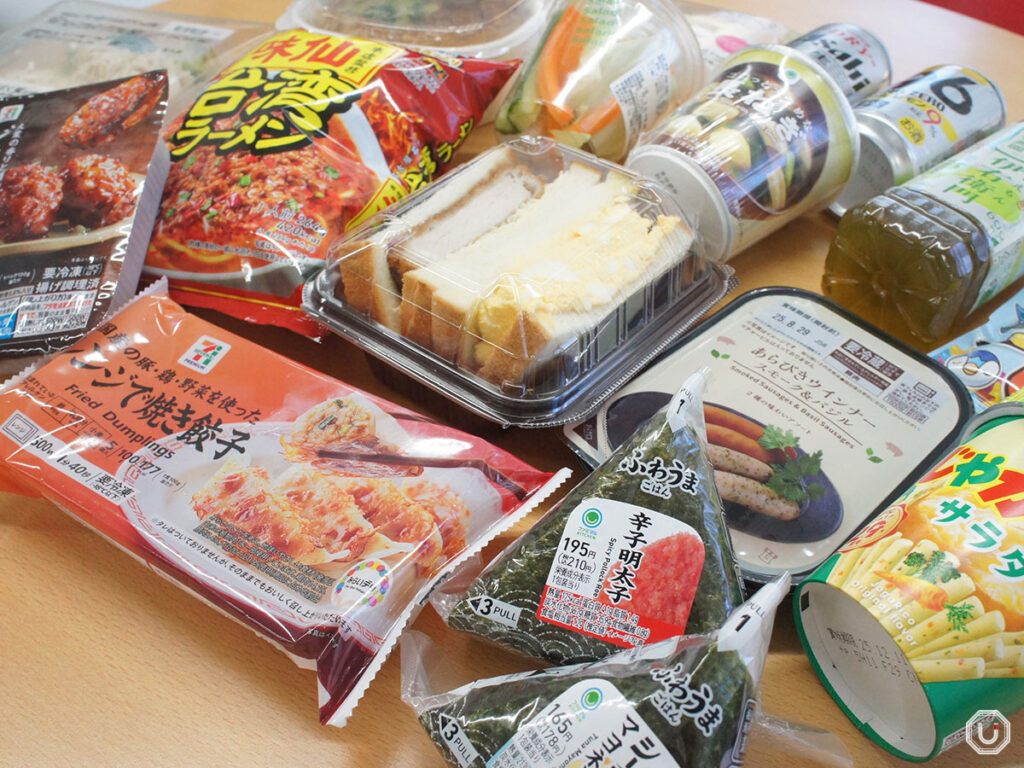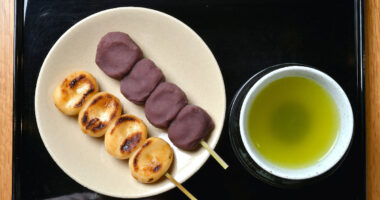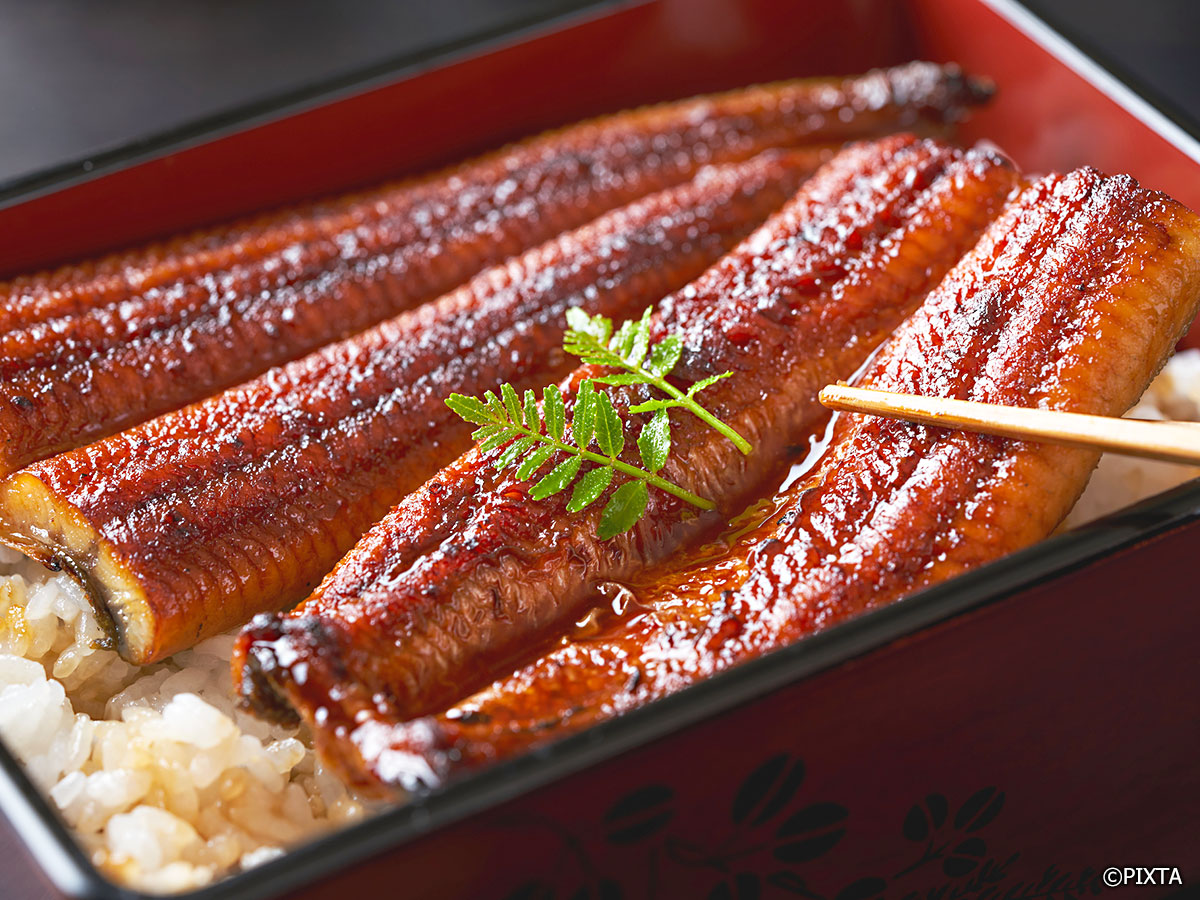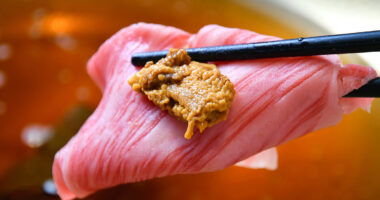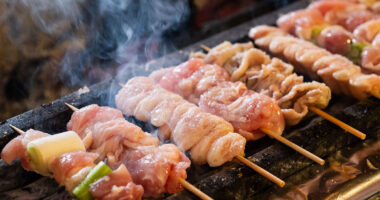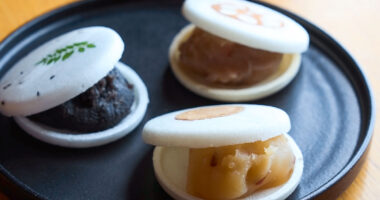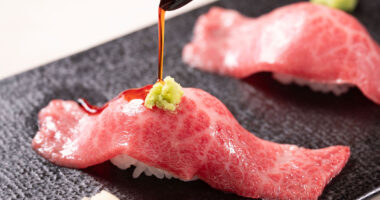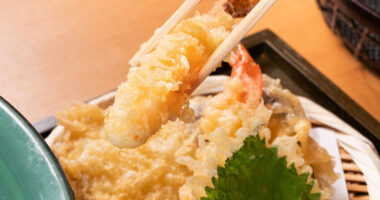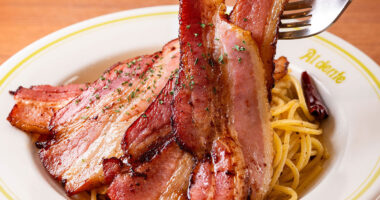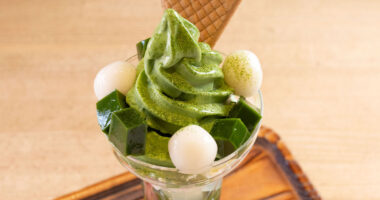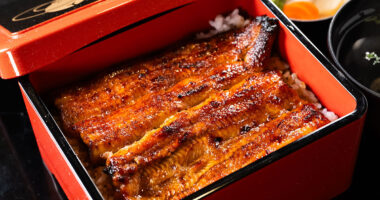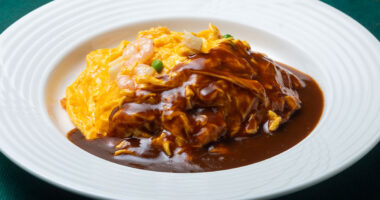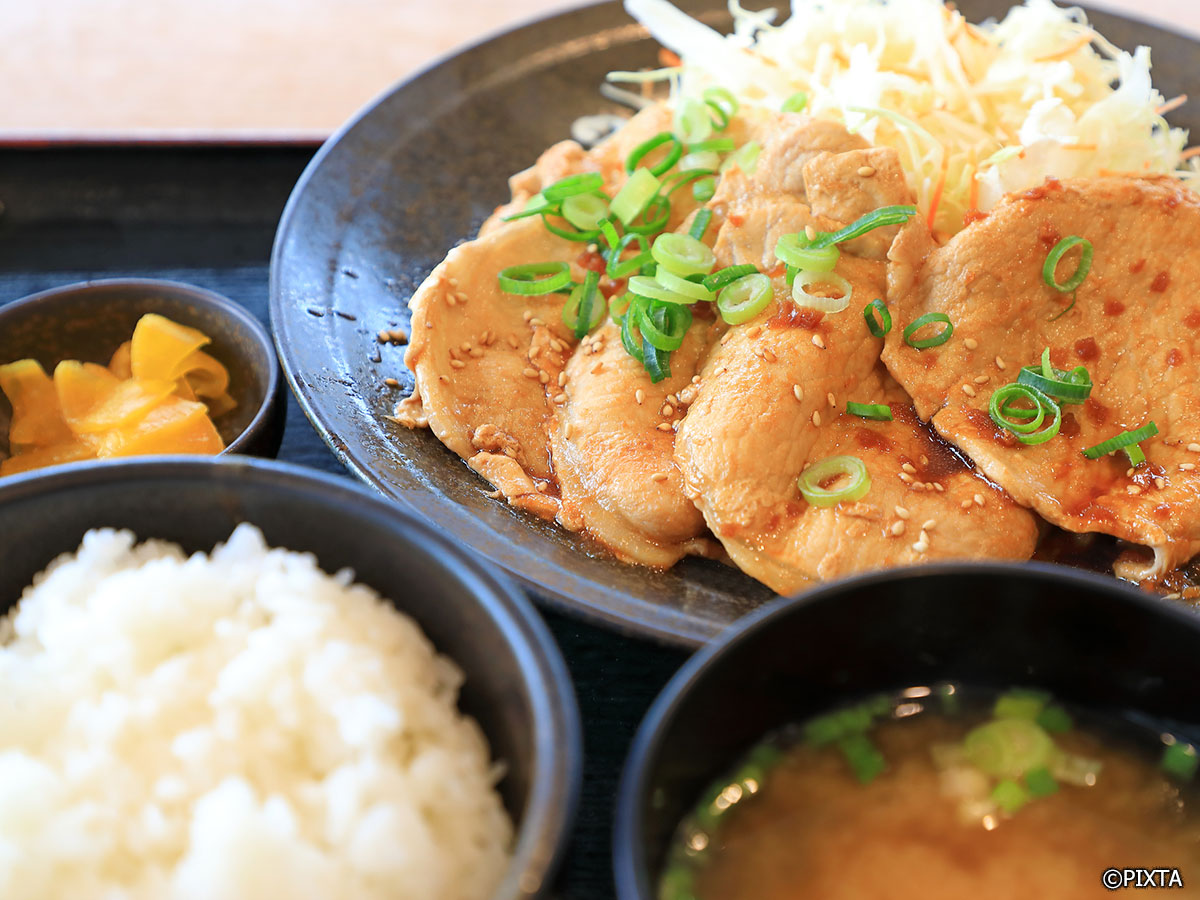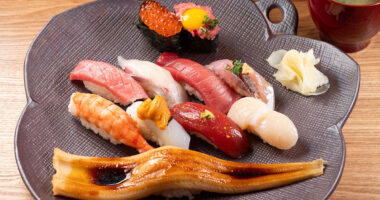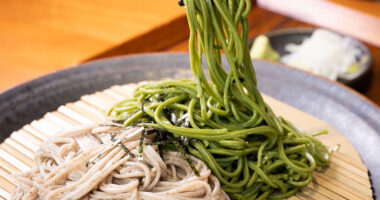Japanese convenience stores aren’t just handy shops with wide product selections open 24 hours a day.
Of course, that alone is convenient enough. But from morning coffee to hearty lunches, light snacks, and even full-scale dinners, the range of food is so impressive that you could practically get through an entire day eating only from a convenience store.
On top of that, most items come at wallet-friendly prices—another unique strength of Japanese conbini (as “convenience store” is often shortened to in Japanese).
So what happens if you buy breakfast, lunch, and dinner all at a convenience store?
The result, to put it simply, is incredible value—often far cheaper than eating out at restaurants.
With a budget of 5,000 yen (tax included), here’s what we were able to experience in a single day.
Convenience store breakfast: start with a classic Japanese combo
The day begins with a Japanese-style breakfast—the unbeatable combo of onigiri (rice balls) and miso soup.
This time, we picked up two kinds of onigiri and a surprisingly authentic-tasting cup miso soup that doesn’t feel instant at all.
The total came to just 518 yen, affordable yet satisfying.
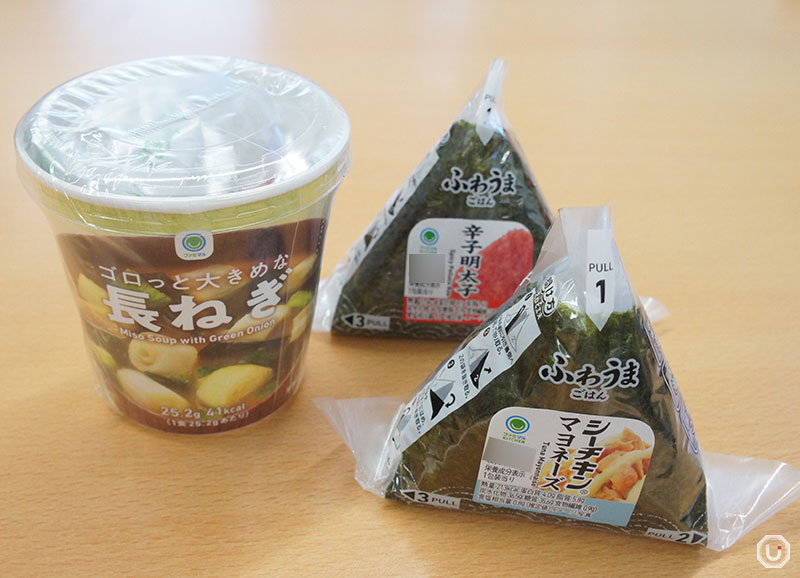
Onigiri
Average price: 150–200 yen
Convenience store rice balls come in countless varieties with generous fillings. The fluffy rice and flavorful nori seaweed are classic hallmarks of Japanese convenience store quality.
And with prices around 150–200 yen each, they’re as budget-friendly as they are tasty.
Instant miso soup cups
Average price: 120–200 yen
Just add hot water, and you’ve got miso soup complete with tofu and wakame seaweed, plus an aromatic dashi broth that is quite authentic.
For visitors from overseas, it may come as a shock that something this good costs only 100–150 yen.
Convenience store lunch: katsu and egg sandwiches with a fresh salad
Since breakfast was a traditional Japanese meal of onigiri and miso soup, for lunch it’s time to switch things up with a sandwich!
But if you’re in Japan, why not go for a uniquely Japanese-style sandwich?
The choice here is a set of a katsu sando, stuffed with a thick slice of tonkatsu, and a fluffy egg sandwich—both of which are gaining popularity overseas. The price is 495 yen (tax included).
Add a 497-yen (tax included) salad on the side, and you’ve got a perfectly satisfying meal. The salad even comes with dressing, which is a convenient bonus.
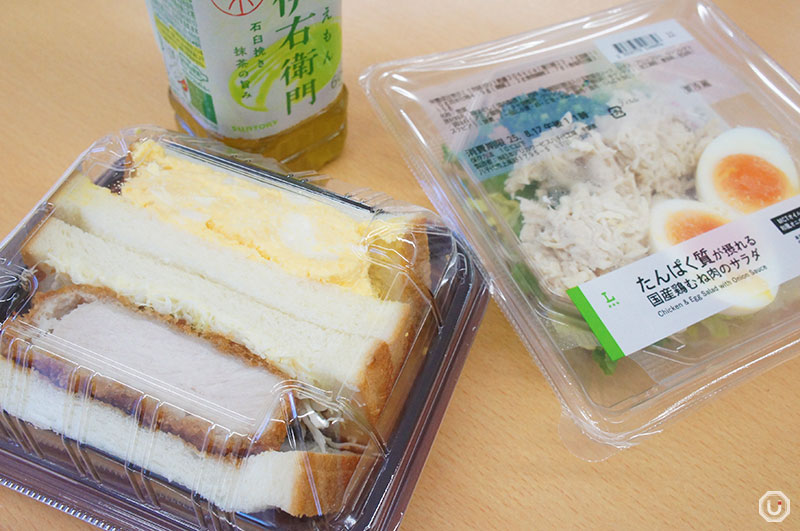
Sandwiches
Average price: 200–500 yen
The katsu sandwich, with its thick, juicy cutlet, is hearty and filling.
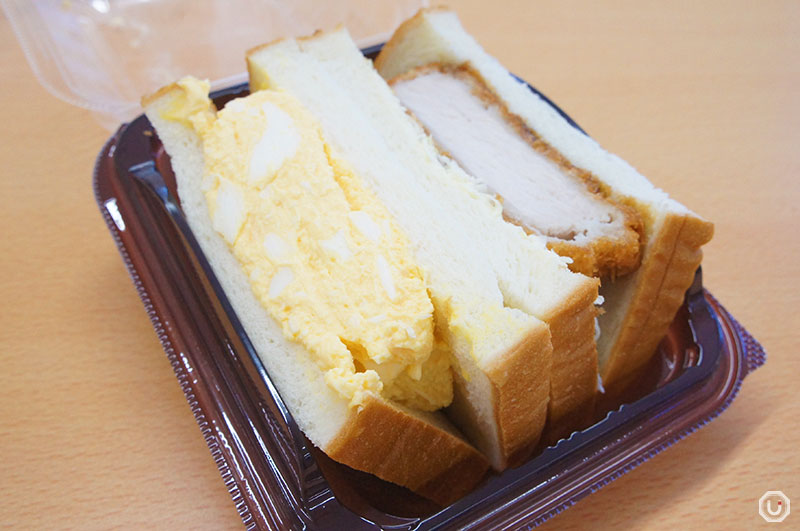
Katsu sandwich and egg sandwich set sold at a Japanese convenience store
On the other hand, the egg sandwich, wrapped in soft fluffy bread, has a mild and gentle flavor.
Having both types together in one set lets you enjoy a nice contrast and variety of tastes.
Salad
Average price: 300–500 yen
This healthy salad combined colorful vegetables with boiled chicken.
One of the best things about convenience store salads is that they come with dressing on the side, so you can enjoy the fresh taste just as it is.
With plenty of volume, it’s a satisfying choice for anyone who wants to get a good serving their greens.
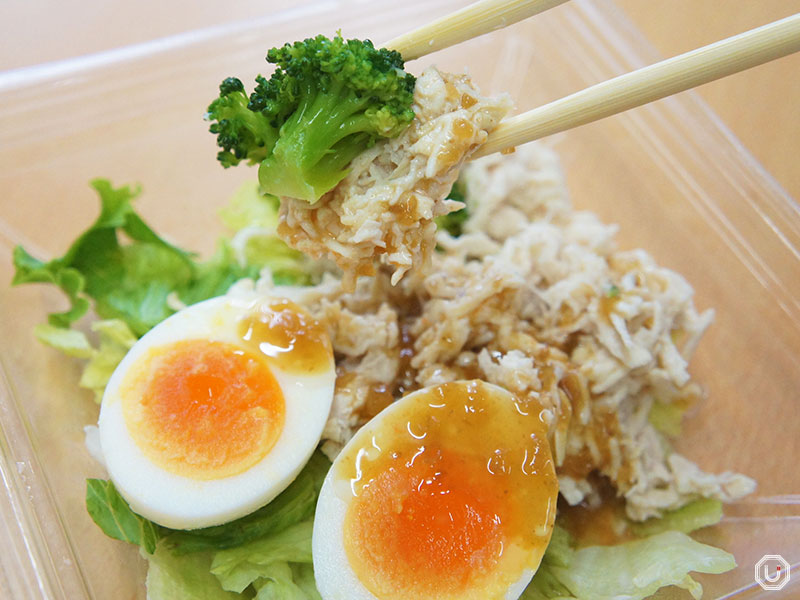
The ingredients in convenience store salads vary by chain
Snacks: small treats perfect as gifts
For an afternoon pick-me-up, Japan’s convenience stores offer an endless lineup of snacks—small, inexpensive, and ideal for sampling a variety.
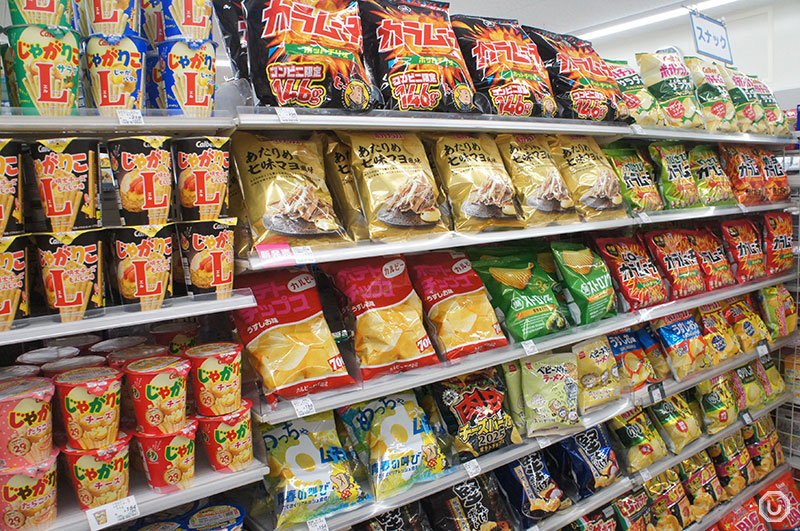
We picked out a selection to show a balance of Japanese convenience store sweet and savory offerings.
The three we settled on: classic chocolate-covered “Takenoko no Sato,” a Pokémon-themed fruity gummy pack, and the crunchy, salty favorite “Jagariko.”
Each snack is small and can be purchased individually, making them a great choice as souvenirs. And even if you buy three, the total comes to only about 600 yen—very affordable.
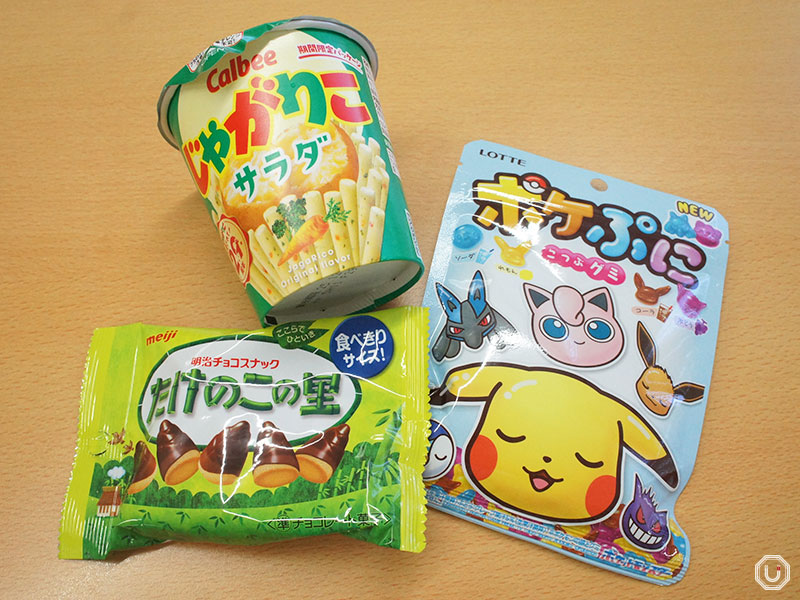
(Top) Savory snacks, (Left) Chocolate-coated biscuits, (Right) Pokémon-themed gummies
Snacks and candies
Average price: 100–300 yen
Large bags of snacks are usually found at supermarkets, but convenience stores specialize in smaller portions that can be finished in one sitting.
This makes them perfect for when you just want a little for yourself, or if you’d like to try a variety of different snacks.
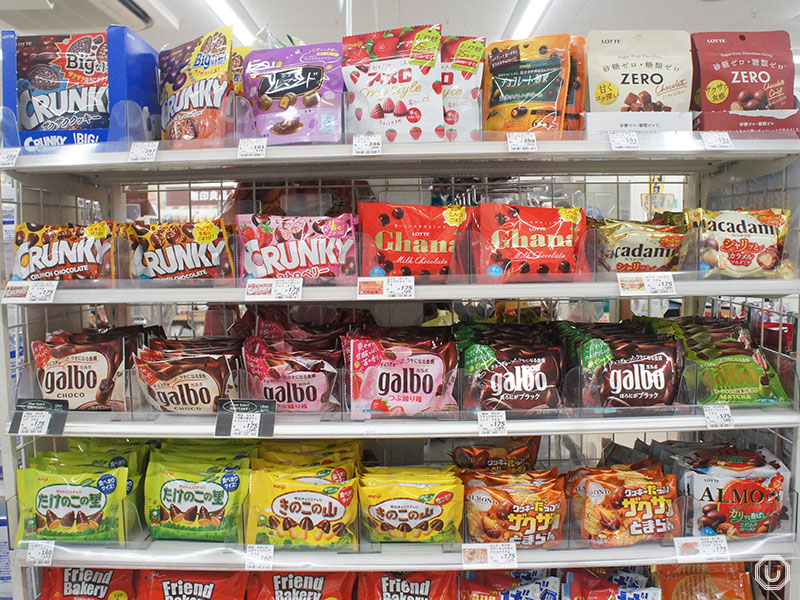
The range of flavors is impressive—sweet, salty, sour, and even spicy snacks!
What’s more, many convenience store private brand snacks cost only about 100 yen each, making them very affordable.
Dinner: a filling lineup complete with dessert
After a full day of sightseeing, it’s time to recharge with a hearty and satisfying meal!
For dinner, our menu selection included the following four items: a katsudon (pork cutlet rice bowl), vegetable sticks, dessert, and a drink.
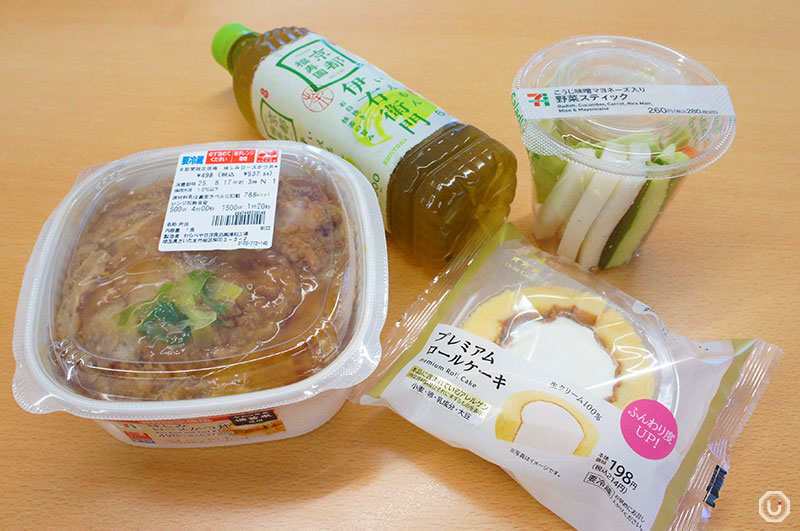
This time, we chose a katsudon priced at 498 yen (tax included), but convenience stores also carry a wide range of bento boxes, which are another great option.
Bento meals pack a variety of side dishes that go perfectly with rice into a single container, letting you enjoy multiple flavors on one plate.
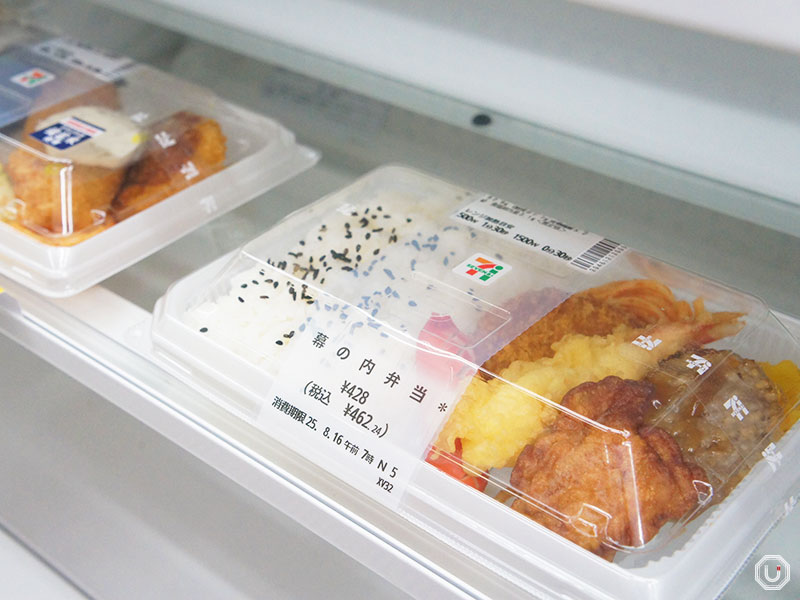
Bento selections change with the season
Rice bowls
Average price: 500–600 yen
One of the great things about convenience store rice bowls is their variety.
From classic katsudon to tempura and Chinese-style options, and even creative takes unique to each chain, there’s always something new to try.
The rice and toppings are often kept separate, so you add them together just before eating to maintain flavor and texture. Heating them up is easy using the microwave provided in-store.
Katsudon is especially popular — the cutlet soaks up a rich dashi broth, giving it a juicy, savory taste that bursts with umami in every bite.
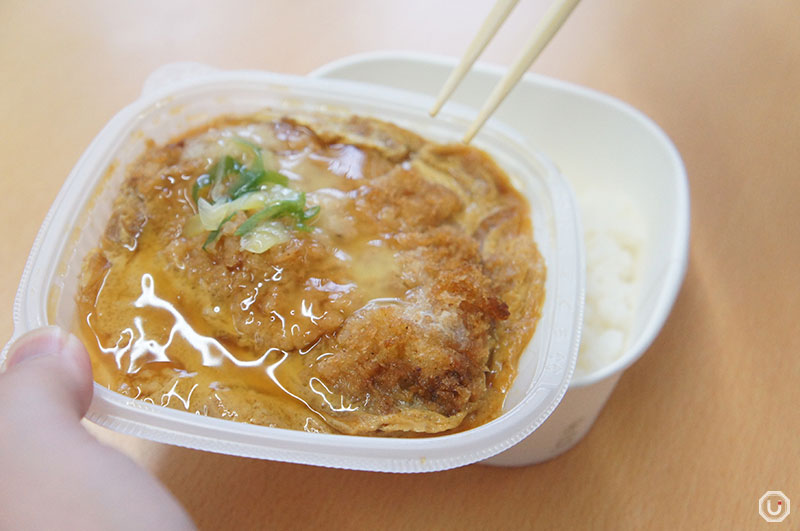
Many convenience store rice bowls are sold with toppings and rice separated
Vegetable sticks
Average price: 250–300 yen
Instead of a salad, we picked up a pack of vegetable sticks for 260 yen (tax included) — a great finger food option.
The accompanying miso-flavored mayonnaise dip is another highlight, packed with flavor.
The crunchy texture of the carrot, daikon radish, and cucumber makes them satisfying to eat, and you might find yourself craving them on their own.
Dessert
Average price: 200–300 yen
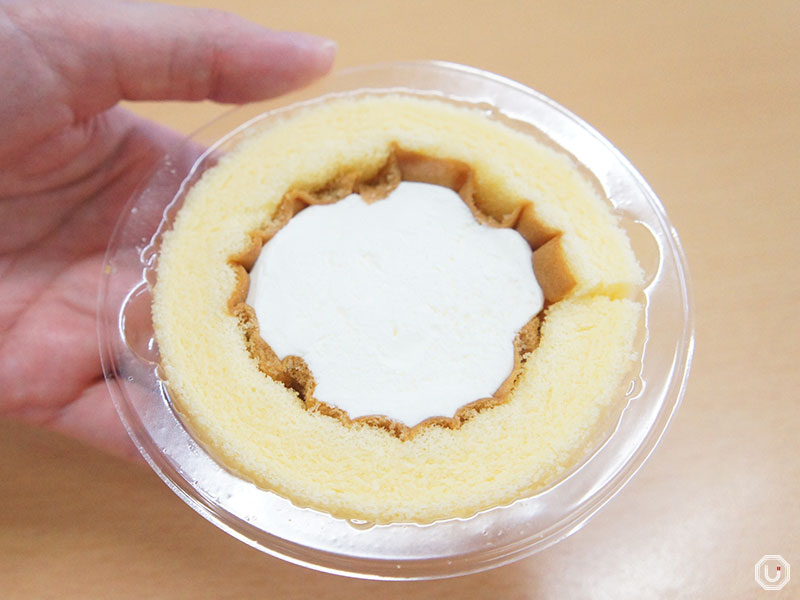
Roll cake–style dessert
Fresh pastries like cream puffs and cakes at convenience stores are surprisingly tasty, even rivaling specialty shops.
This roll cake–style dessert, priced at just 214 yen (tax included), is a perfect example of the amazing value you can find at Japanese convenience stores.
Drinks
The drink section at convenience stores offers a wider selection than vending machines, making it fun to choose your favorite.
Options range from green tea and coffee to fruit-flavored and milk-based beverages, with most drinks priced around 150 yen—an affordable choice.
In addition to bottled drinks, you’ll also find paper cartons and straw-attached packages, giving you flexibility depending on the situation.
Convenience store drinks are easy to grab on the go, come in a wide variety, and are perfect for everyday hydration.
Bonus round: have an izakaya night with just convenience store food!
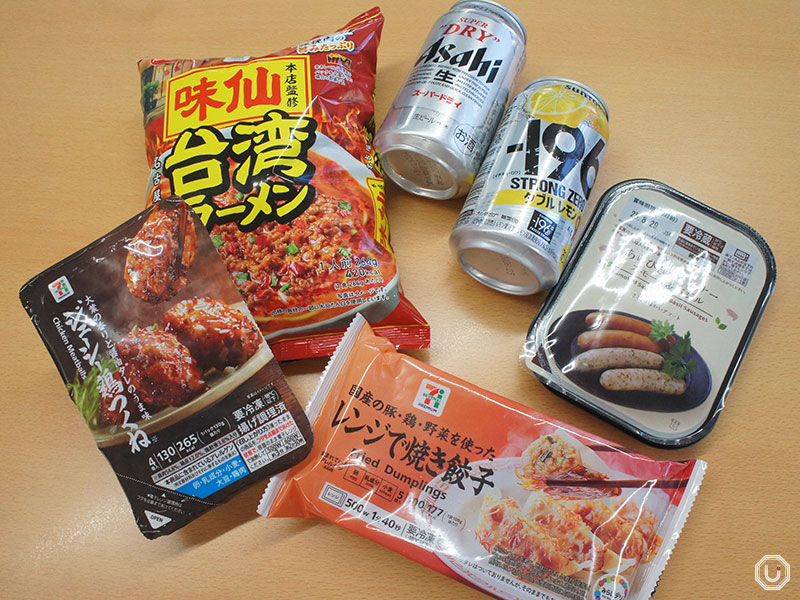
The frozen food section offers a wide range, from Japanese dishes to international options
Even after buying breakfast, lunch, and dinner, we still had about 2,000 yen left. So, we decided to put together a little evening snack set with the leftover budget.
For this evening set, everything except the alcohol is chosen from frozen or chilled foods!
Why frozen and chilled? Because in Japan, convenience store frozen foods are shockingly good—often rivaling restaurant dishes.
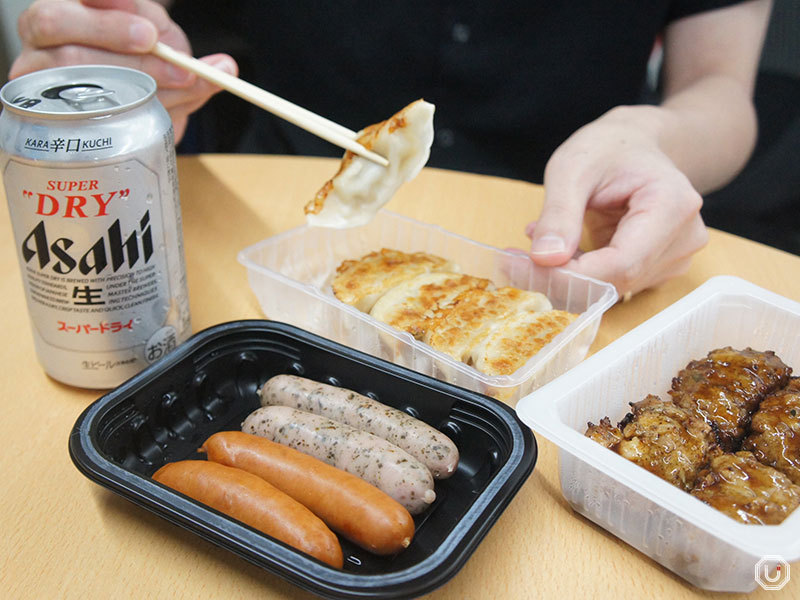
Some hotels provide a microwave, allowing you to enjoy frozen or chilled foods piping hot on the spot — one of the best things about these products.
Delicious, affordable, and freshly heated — what’s not to love!
For the main dish, we chose an authentic frozen ramen, and added gyoza and tsukune (chicken meatballs) as perfect snacks. For drinks, we picked one beer and one chūhai (“shochu highball/canned cocktail”). The whole set comes to around 1,700 yen, making for a very satisfying evening.
Frozen ramen
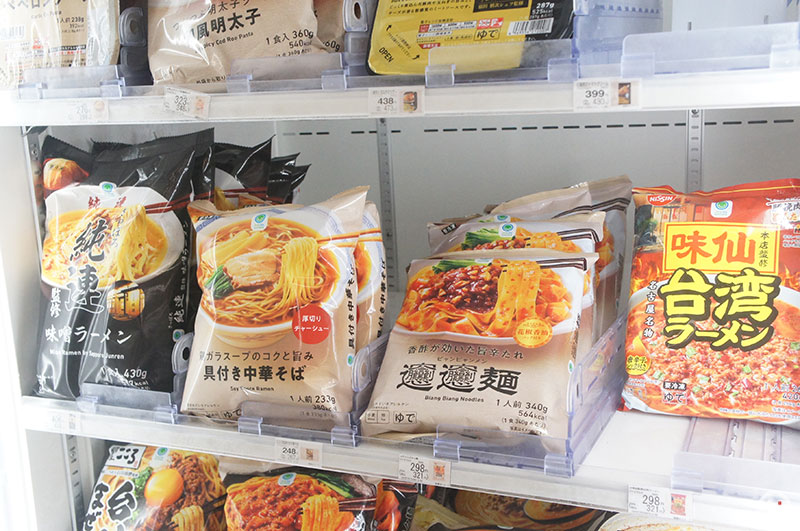
The variety of frozen ramen differs depending on the convenience store
Average price: 250–400 yen
Frozen ramen from convenience stores is, honestly, surprisingly high quality. Some stores even sell collaboration items with actual restaurants, and the taste is almost identical to what you’d get at the shop.
Just heat it in a microwave or a pot, and you’ll be amazed at how good it is — you might even think, “Wait, this was frozen?”
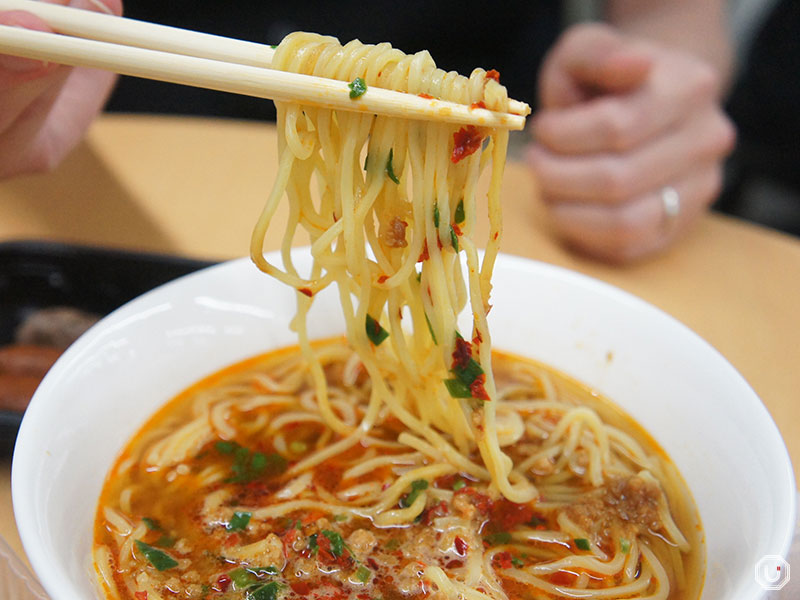
Frozen ramen made in collaboration with Kaku Masayoshi Misen from Nagoya, Aichi Prefecture
Frozen gyoza
Average price: 100-200 yen
These bite-sized fried gyoza are crispy on the outside and juicy on the inside.
Just heating them in the microwave is enough to enjoy the savory aroma of the browned surface.
They go perfectly with beer, and they’re also a great match with ramen.
Frozen chicken meatballs
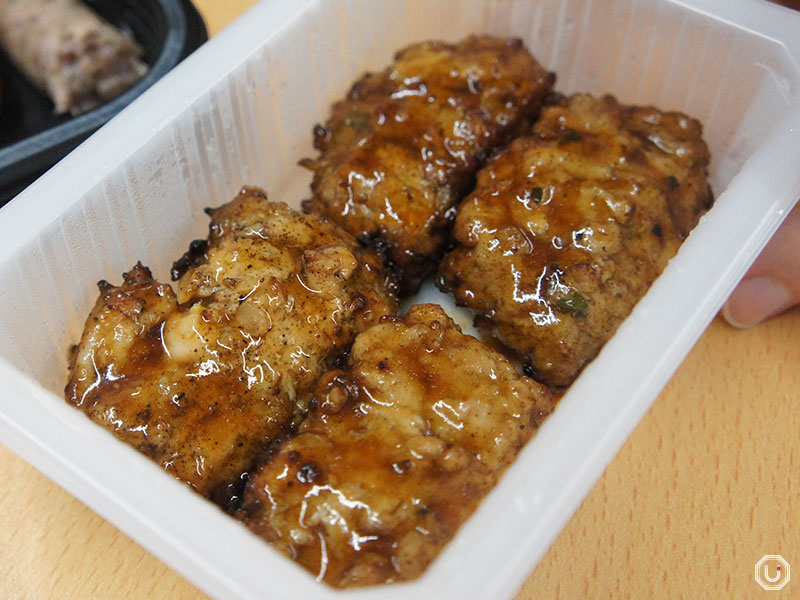
Average price: 300 yen
Chicken tsukune coated in a sweet and savory sauce is a classic izakaya dish.
Even as a frozen item, it faithfully reproduces the fluffy texture of tsukune, making it an excellent match with chuhai. It’s hard to believe it’s frozen!
Chilled sausage set
Average price: 300 yen
If you prefer more Western flavors, there are also chilled products like assorted sausages.
With their crispy casing and juicy taste, they’re sure to make your drinks go down smoothly.
Beer and chuhai
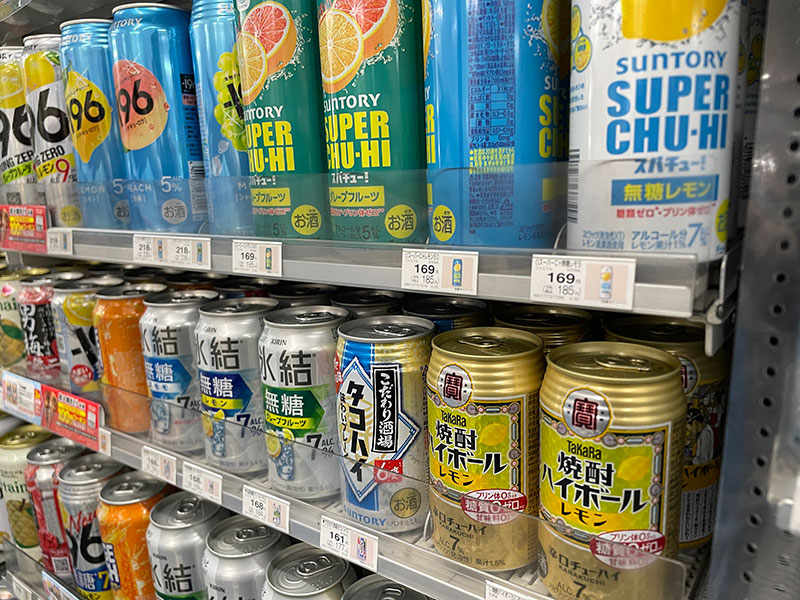
In Japanese convenience stores, you can find not only chuhai and beer but also sake and whiskey
Average price: 200-300 yen
No drinking set is complete without alcohol! Convenience stores carry everything from chuhai and beer to even wine.
This time, we chose one canned beer and one lemon-flavored chuhai.
With such a wide variety, it’s easy to pick according to your meal or mood, which is another great point.
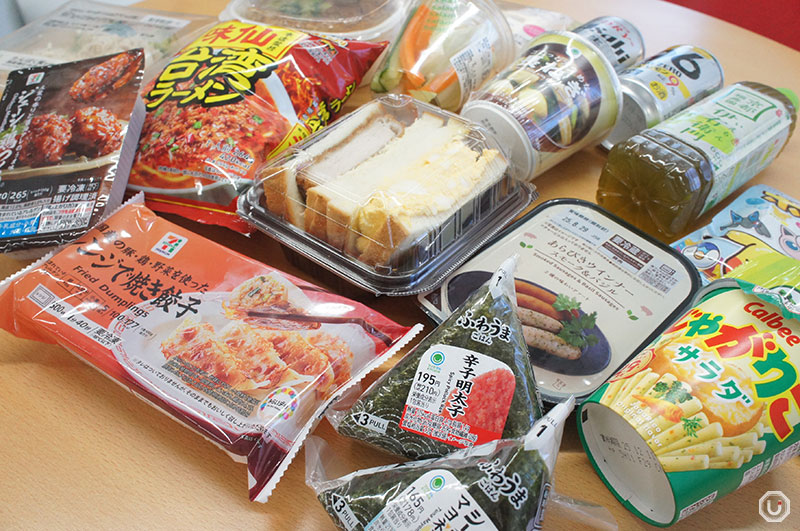
With just 5,000 yen, you can have a full-on splurge at a convenience store. In the Tokyo metropolitan area, you’re almost guaranteed to find a store like 7-Eleven, FamilyMart, Lawson, or Mini Stop nearby.
Each convenience store has its own character—some have extensive frozen food selections, while others focus on developing unique desserts.
Convenience stores are no longer just handy spots—they’ve become full-fledged tourist attractions.
※Menu items, prices, and store details are accurate as of September 2025.
